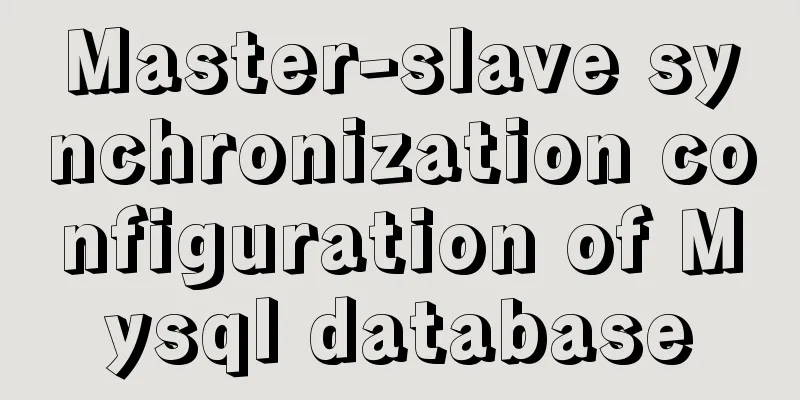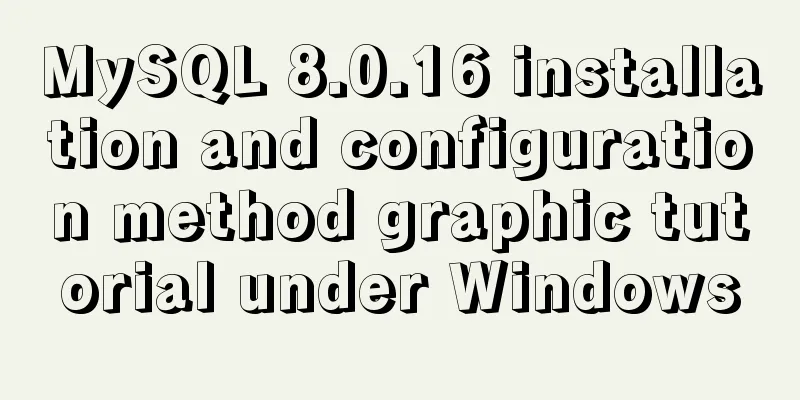Detailed tutorial for installing nginx on centos8 (picture and text)

|
Nginx, pronounced "engine x," is an open source, high-performance HTTP and reverse proxy server responsible for handling the load of some of the largest sites on the Internet. It can be used as a standalone web server, load balancer, content cache, and reverse proxy for HTTP and non-HTTP servers. Nginx can handle a large number of concurrent connections and has a smaller memory footprint per connection than Apache. This tutorial explains how to install Nginx on CentOS 8. NGINX official website http://nginx.org/ Create folder
Download the file via wget http://nginx.org/download/nginx-1.17.6.tar.gz Install necessary plugins yum -y install gcc pcre pcre-devel zlib zlib-devel openssl openssl-devel Let me talk about the role of these gcc can compile languages such as C, C++, Ada, Object C and Java pcre pcre-devel pcre is a perl library, including a perl-compatible regular expression library. The http module of nginx uses pcre to parse regular expressions, so you need to install the pcre library zlib zlib-devel The zlib library provides many compression and decompression methods. Nginx uses zlib to gzip the contents of the http package, so it needs to be installed openssl openssl-devel Openssl is the cornerstone of web secure communication. Without openssl, it can be said that our information is running naked
Open the browser and access your IP address. If this page is displayed, it means that nginx has been successfully started.
Stop services gracefully This method is milder than stop, and requires the process to complete the current work before stopping. Stop service immediately This method is more aggressive and stops the process directly regardless of whether it is working or not. Query the nginx main process number Stop calmlykill -QUIT The main process number stops quicklykill -TERM The main process number stops forciblykill -9 nginx ps: Install Nginx on CentOS 8 Starting from CentOS 8, Nginx packages are available in the default CentOS repositories. Installing Nginx on CentOS 8 is as simple as typing: Once the installation is complete, enable and start the Nginx service with the following commands: To verify that the service is running, check its status: The output should look like this: Adjust the firewall FirewallD is the default firewall solution on CentOS 8. During the installation, Nginx creates a firewall service file with predefined rules to allow access to HTTP (80) and HTTPS (443) ports. Open the necessary ports permanently using the following command: Now you can test your Nginx installation by opening http://YOUR_IP in your web browser. You should see the default Nginx welcome page, which should look similar to the image below:
Summarize The above is a detailed tutorial (with pictures and text) on how to install nginx on centos8 introduced by the editor. I hope it will be helpful to everyone. If you have any questions, please leave me a message and the editor will reply to you in time. I would also like to thank everyone for their support of the 123WORDPRESS.COM website! You may also be interested in:
|
<<: Example of how to implement MySQL cascading replication
>>: Record the steps of using mqtt server to realize instant communication in vue
Recommend
Calling Baidu Map to obtain longitude and latitude in Vue
In the project, it is necessary to obtain the lat...
Mini Program to implement Token generation and verification
Table of contents process Demo Mini Program Backe...
Use of select, distinct, and limit in MySQL
Table of contents 1. Introduction 2. select 2.1 Q...
Explanation of the working principle and usage of redux
Table of contents 1. What is redux? 2. The princi...
A universal nginx interface to implement reverse proxy configuration
1. What is a proxy server? Proxy server, when the...
How does MySQL ensure data integrity?
The importance of data consistency and integrity ...
Detailed explanation of Vue's keyboard events
Table of contents Common key aliases Key without ...
Solution to the problem that MySql always pops up the mySqlInstallerConsole window
MySql always pops up a MySQLInstallerConsole.exe ...
Detailed explanation of Vue's props configuration
<template> <div class="demo"&g...
Setting the engine MyISAM/InnoDB when creating a data table in MySQL
When I configured mysql, I set the default storag...
Detailed explanation of Nginx passively checking the server's survival status
introduce Monitors the health of HTTP servers in ...
Sample code for using CSS to write a textured gradient background image
The page length in the project is about 2000px or...
The whole process of installing gogs with pagoda panel and docker
Table of contents 1 Install Docker in Baota Softw...
Vue dynamic menu, dynamic route loading and refresh pitfalls
Table of contents need: Ideas: lesson: Share the ...
Detailed example of creating and deleting tables in MySQL
The table creation command requires: The name of...












